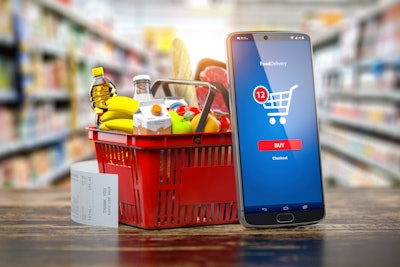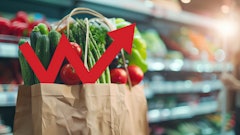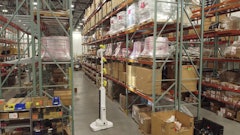
U.S. online grocery sales in May finished at $8.7 billion, a 27% increase compared to last year with delivery driving nearly all the gains, according to the Brick Meets Click Grocery Shopper Survey, sponsored by Mercatus.
While this marks the first month since August 2024 when total monthly sales have fallen below $9.5 billion, a larger month-over-month decline had been expected based on seasonal patterns seen across e-grocery.
“Delivery’s high growth rate for May is an outlier and reflects the cumulative impact of wave after wave of promotional activity that began fueling stronger sales for the service method in June 2024,” says David Bishop, partner, Brick Meets Click. “While these promotions generally appeal to existing customers, Walmart’s effort is also helping the retailer to attract new customers. But, either way, it’s helping to grow delivery’s user base, order frequency, and AOV.”
Key takeaways:
· Total e-grocery sales for May fell 12% from April, compared to 16% and 20% for the same months in 2023 and 2024, respectively, due to delivery’s strong results this year.
· Delivery registered a massive sales lift in May, greater than 70% compared to last year, as monthly sales climbed to $3.9 billion. This sales jump was driven by sizable gains in the monthly active user (MAU) base combined with a double-digit jump in order frequency and higher average order values (AOV) compared to last year. Consequently, delivery’s share of e-grocery sales jumped nearly 13 points YOY to 45.4% in May.
· Pickup sales fell 3.6% year-over-year (YOY) to $3.2 billion in May. The sales decline happened despite mid-single-digit growth of the method’s MAU base that could not offset a drop in order frequency and slightly lower AOV. As a result, pickup lost over 11 points of sales share versus last year, finishing with 37.2% in May.
· Ship-to-home appears to benefit indirectly from delivery’s boom, mainly in mass, as the method surged 20.7% YOY in May to $1.5 billion. The ability to buy products from pure-plays at prices on par with physical stores and enjoy free shipping from an expanding range of providers is likely one factor triggering higher demand. Even though the method posted gains in its MAU base coupled with lifts to order frequency and AOV, ship-to-home lost 90 basis points (bps) of sales share, ending the month with 17.5%.
“These results show how quickly shopper demand has shifted to delivery over the last 12 months, raising the stakes for regional grocers,” says Mark Fairhurst, chief growth marketing officer, Mercatus. “While collaborating with delivery platforms is often essential for grocers, the key is to ensure that these partnerships strengthen – not weaken – their connection with the customer. Regionals that control the digital experience, leverage Pickup’s first-party strengths, and build trust through personalized experiences will be best positioned to retain loyalty and share as the market evolves.”




















